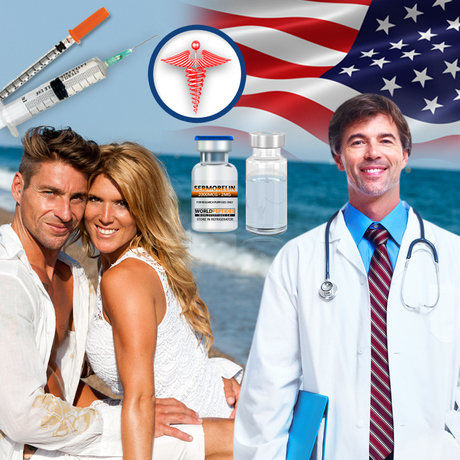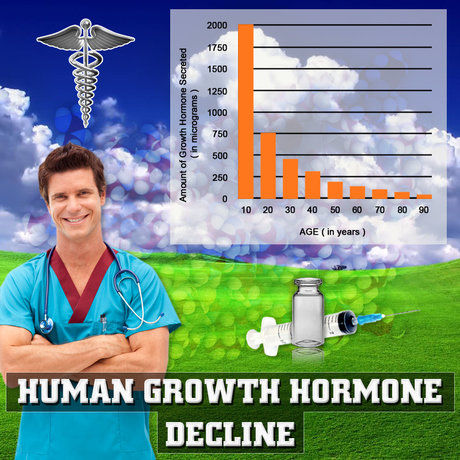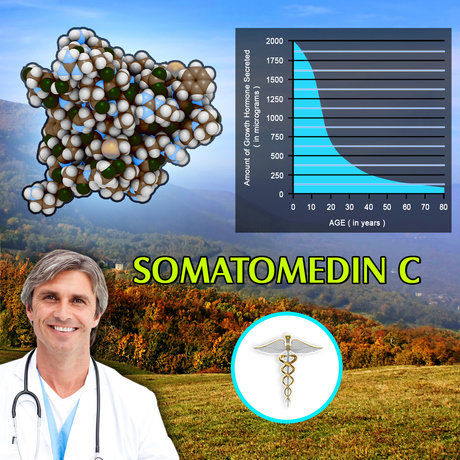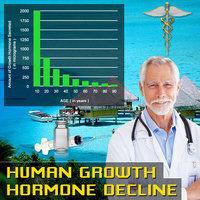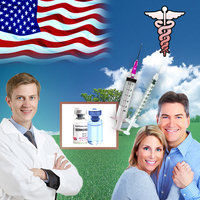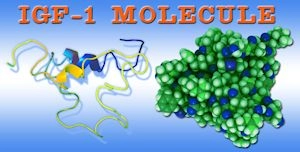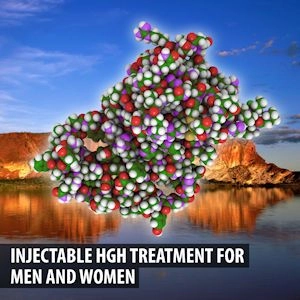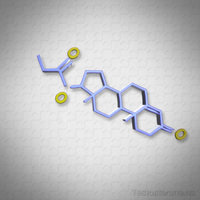 If you didn’t know already, clean drinking water is a precious, precious resource – and we losing more and more of it every day. A lot of our waterways and drinking water sources are contaminated with pollutants such as hormones, microplastics and chemicals. We are using up the water in aquifers at record speed. We definitely need all the help we can get when it comes to purifying and ensuring the cleanliness of our water, especially our drinking water. And guess what? Sunlight is part of the answer.
If you didn’t know already, clean drinking water is a precious, precious resource – and we losing more and more of it every day. A lot of our waterways and drinking water sources are contaminated with pollutants such as hormones, microplastics and chemicals. We are using up the water in aquifers at record speed. We definitely need all the help we can get when it comes to purifying and ensuring the cleanliness of our water, especially our drinking water. And guess what? Sunlight is part of the answer.
Video Link: https://vimeo.com/559788763
Video Download: Using Sunlight To Remove Hormones From Our Water
Video Stream: Using Sunlight To Remove Hormones From Our Water
Steroid Hormones Contaminate Water Worldwide
Like we said, hormones are one of the biggest pollutants. Considered a micropollutant, steroid hormones are a worldwide water issue and pose threats to our health and the environment, even when present in small quantities. This is because hormones very easily react and cause biochemical changes in our bodies, as well as other species’ bodies.
 Unfortunately, there hasn’t been a very efficient or sustainable method that easily removes hormones from our drinking water – until now.
Unfortunately, there hasn’t been a very efficient or sustainable method that easily removes hormones from our drinking water – until now.
Now there is a new chemical process that has been developed by scientists at the Karlsruhe Institute of Technology (KIT) in Germany. The mechanism involves photocatalysis and turns the harmful pollutants into potentially safe oxidation products. Their research and development can be fully read in Applied Catalysis B: Environmental.
Sunlight is important for the chemical reaction of photocatalysis because light is absorbed, and the energy used during the reaction. Thankfully, something like sunlight can be used here as a free energy source for the important chemical reactions taking place. An issue, however, is that steroid hormones are hard to detect, even though we know they are ubiquitous in our drinking water.
Steroid Hormones Cause Biological Damage in Humans and Wildlife
Organic pollutants, including pesticides, pharmaceuticals and hormones contaminate our drinking water and pose significant health risks to humans, the environment and the wildlife. Damage can be done even when the organic pollutants are present at nanoscale concentrations.
The worst offenders in the steroid hormone group are estrone, estradiol, testosterone and progesterone.
 Thankfully, the European Union has set strict minimum quality standards for safe drinking water, but it has made it a challenge for water treatment facilities in recent years.
Thankfully, the European Union has set strict minimum quality standards for safe drinking water, but it has made it a challenge for water treatment facilities in recent years.
A professor at KIT, Andrea Iris Schafer, says, “The challenge for science is to develop more sensitive methods to target the hormone molecules. There is one hormone molecule for every quintillion water molecules. This is an extremely low concentration.”
Conventional Water Treatment Methods Can Not Remove Micropollutants
Because conventional methods are unable to remove micropollutants is why the new technology being developed at KIT is so exciting. They are working on ways to not only detect and measure the amount, but also remove the pollutants.
The photocatalytic process seems to be the way to go. The scientists use a large-pore polymer membrane that is coated with something called porphyrin. Porphyrin contains palladium (a chemical element) and light sensitive molecules that are able to absorb visible radiation, a.k.a. sunlight.
Once the polymer is exposed to sunlight, the sunlight starts a chemical reaction that results in a “singlet oxygen,” which is a highly reactive chemical. Specifically, it reacts with and “attacks” the hormone molecules, converting them into potentially safe oxidation products. The more light-sensitive molecules on the polymer membrane, the more hormone molecules can be “attacked.”
New Technology Can Reduce Concentration of Estradiol by 98 Percent
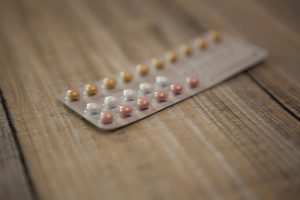 The new technology is able to filter 60-600 liters (L) of water per square meter of membrane in about one hour. The scientists demonstrated the reduction of estradiol (probably the most biologically active steroid hormone) from 100 nanograms (ng) per liter to 2 ng/L (98 percent reduction!).
The new technology is able to filter 60-600 liters (L) of water per square meter of membrane in about one hour. The scientists demonstrated the reduction of estradiol (probably the most biologically active steroid hormone) from 100 nanograms (ng) per liter to 2 ng/L (98 percent reduction!).
Shafer also says, “This means that we are already very close to the EU target value of one ng/L.” The scientists plan to improve the process by exploring the use of other metals besides palladium (which is expensive) and to determine the precise amount of light and porphyrin is really needed to be effective and efficient.
Reference
Contact Us For A Fast And Professional Response

- Hormone Therapy with HGH and Testosterone May Effectively Treat Back Pain [Last Updated On: June 5th, 2025] [Originally Added On: August 5th, 2020]
- Sermorelin: Frequently Asked Questions — Sermorelin Facts [Last Updated On: February 23rd, 2025] [Originally Added On: October 26th, 2020]
- What is Sermorelin GHRH? The Facts You Need to Know -- Sermorelin Prescription [Last Updated On: February 14th, 2025] [Originally Added On: October 29th, 2020]
- Does Sermorelin Medication Reverse Aging? [Last Updated On: September 3rd, 2025] [Originally Added On: November 21st, 2020]
- 12 Ways to Enhance Sexual Performance in the Bedroom [Last Updated On: March 13th, 2025] [Originally Added On: January 10th, 2021]
- Night Sweats are an Important Indicator of Hormone Imbalance [Last Updated On: January 4th, 2025] [Originally Added On: July 9th, 2022]
- Introduction to Sermorelin [Last Updated On: February 9th, 2025] [Originally Added On: February 9th, 2025]
